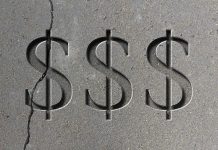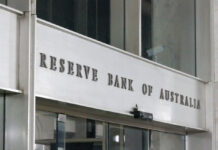Market movers today
Today’s calendar is thin in terms of economic releases, with only the US CPI due. We expect inflation to remain below the 2% mark and we judge that even a positive surprise would not alter the Fed’s current stance.
In Norway, we have Norges Bank Governor Øystein Olsen’s annual address. We do not anticipate any new monetary policy signals, since the bank seems very comfortable with the current balance of risks. Nor has Olsen previously used the occasion as a platform to announce any major change of tack as his predecessors sometimes did. Instead, we think much of the speech will be devoted to a discussion of how Norway should handle the transition to a low-carbon economy. We do not, however, expect him to call for any major changes to economic policy, including when it comes to oil.
It is still too soon to call the coronavirus over. The tally of incidents was revised up due to a new methodology. Markets will continue to have it in the background.
Selected market news
Yet again, US equities set record highs, for the third consecutive day. The easing coronavirus and optimism of the global economy not being severely dented seemed to be the drivers, on a day that had few data releases or speeches to take note of. EUR/USD dropped to its lowest level since 2017, to the 1.08’s, yesterday. This was underway over January and is due to a host of factors. Relative data surprises are part of it (see FX section on next page). The positive risk sentiment was also visible in rates markets, where Italy and Greece, for example, led the spread tightening to bunds. Risk sentiment in the overnight session was dented by the revised coronavirus toll and left most equity indices in the red.
The Riksbank meeting yesterday was relatively uneventful and one could even wonder if there are any main takeaways from yesterday’s policy announcement. Macroeconomic forecasts are, for the most part, all but unchanged, with near-term headline inflation an exception. It was repeated that monetary policy would adapt to a changed economic outlook. An improved outlook could motivate higher rates and, in case of the opposite, the Riksbank could cut rates and make other policy measures to add stimulus. The latter might be worth taking notice of considering that the December rate hike to some extent was taken as a signal that the RB never will go below zero again.
We published a new Fed Monitor, see Fed Monitor Monitoring, not reacting to, the coronavirus . In this new publication we will give regular updates on recent Fed communications, policy signals and economic indicators. In this piece, we conclude that the Fed has not changed its overall view on the economic outlook despite concerns over the coronavirus. For now, we stick to our view that the Fed will cut rates again in the first half of 2020, probably in April, although it is not a high conviction call at this point. Also, we published a US research piece on the Democratic Party primaries and caucuses , outlining the process and highlight the nominees’ views on topics such as the economy, trade and healthcare.













